Industries
Education
Achieve full portfolio coverage and manage complex building fabrics, with minimal disruptions to the wider community.
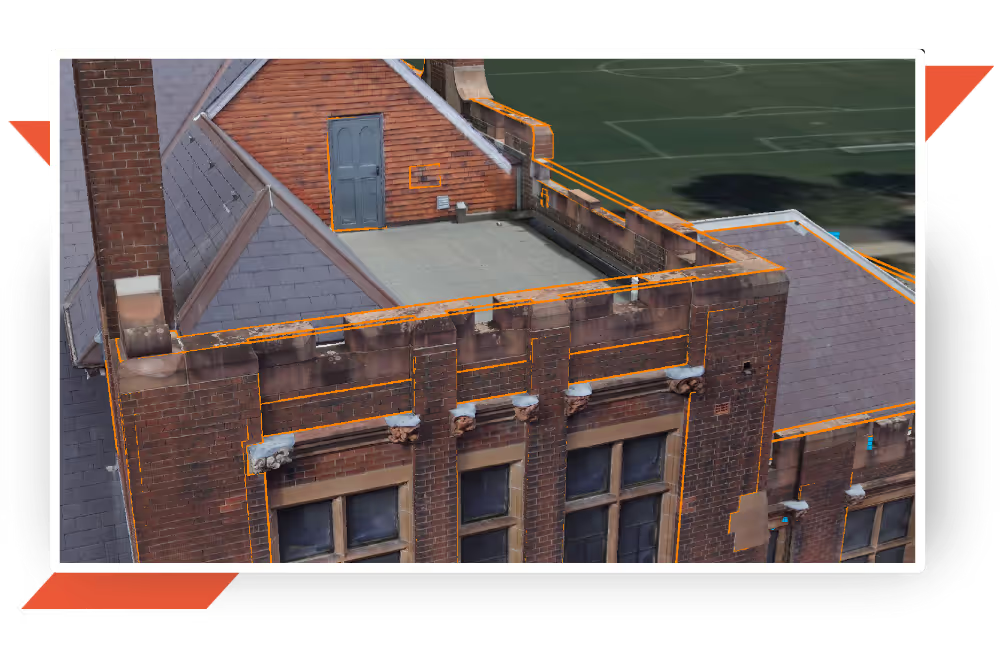
Achieve full portfolio coverage and manage complex building fabrics, with minimal disruptions to the wider community.

When inspecting a university campus, rope access or heavy machinery requires on-site personnel and shutdown periods.
This also increases the risk of safety incidents, and poses high liability risks in heavy foot traffic areas.
Reporting that is still largely done by pen and paper can lead to significant assumptions made on critical defects.
This fosters a reactive approach to maintenance, making it challenging to forecast CAPEX budgets.
Representative or spot inspections conducted manually, with 2D reports and photographs, can quickly become outdated.
When it comes to routine maintenance, these reports can leave critical gaps.
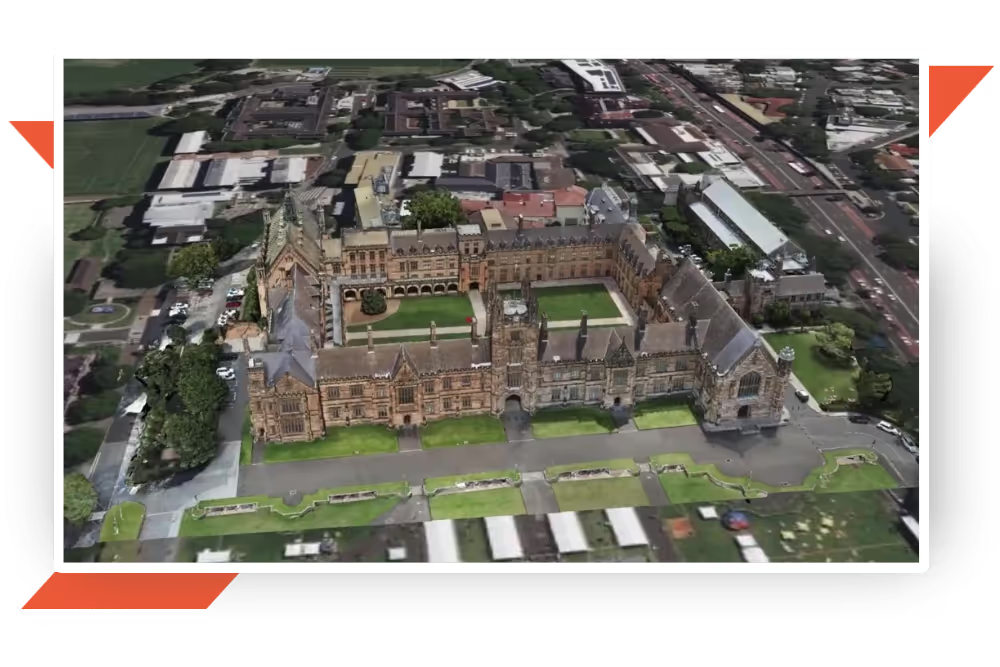
Leverage interactive, virtual walkthroughs to assess asset condition and spot vulnerabilities — including spalls, cracks, rust, and corrosion — without halting operations.
Provide stakeholders with visually intuitive data for more informed decision-making and proactive maintenance decisions.
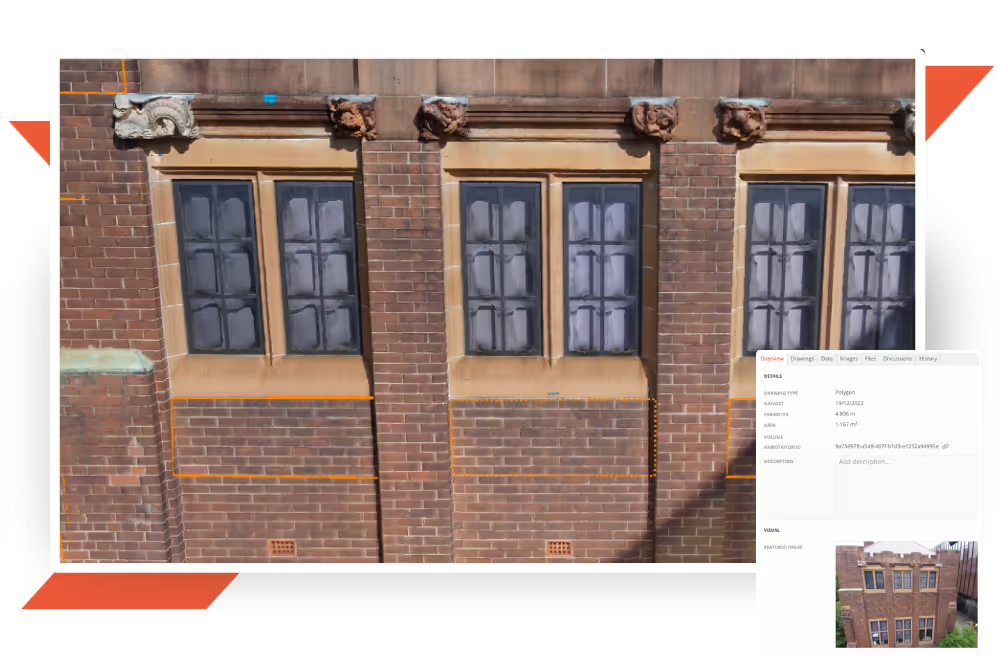
Build digital portfolios of entire campuses and replace rope access and extensive shutdowns with engineering-grade 3D models.
Interactively target any vulnerabilities and annotate on-screen to report on façade damage, roof deterioration, or other structural defects.
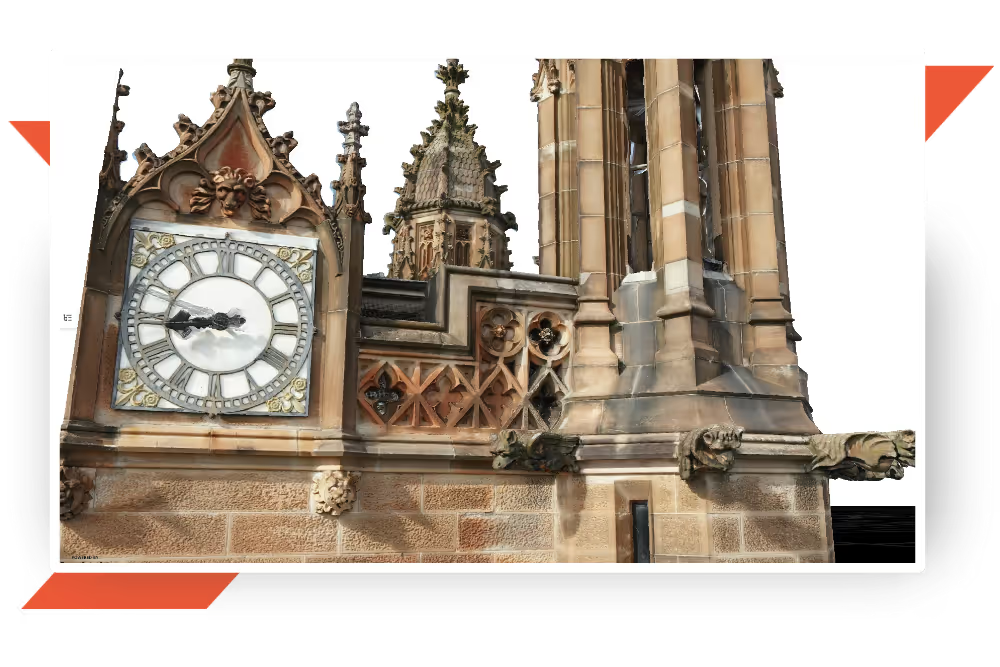
Deliver digital reports — including exact measurements, spatial context, location, access requirements, risk severity and materials — that stand up to scrutiny.
Use comparative condition monitoring to plan upgrades, replacing reactive emergency repairs with long-term strategies.
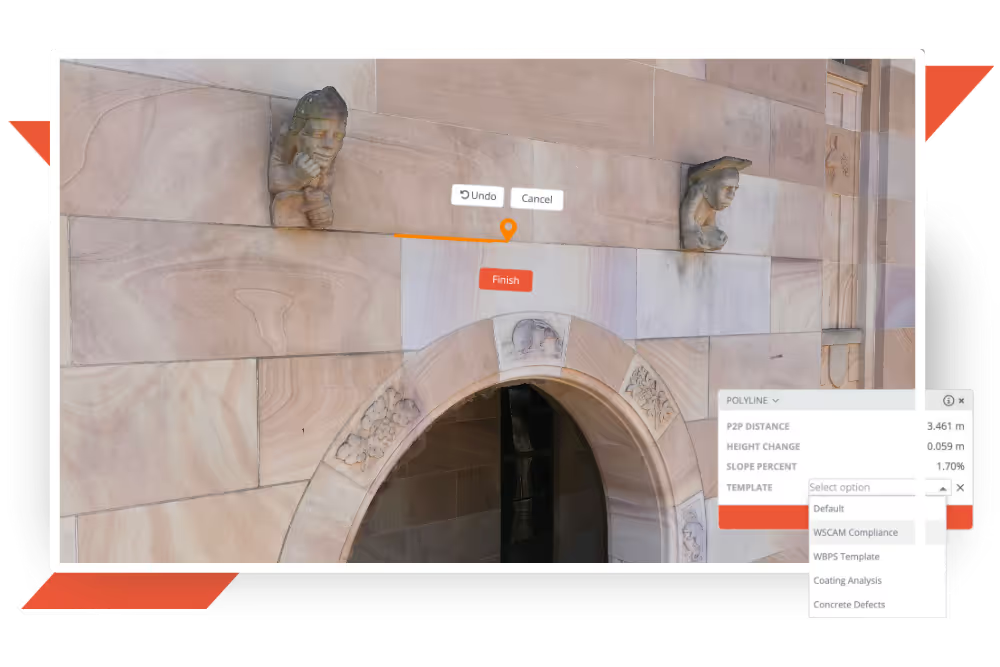
Share models, annotations, and reports online to keep everyone aligned and facilitate active collaboration.
Streamline workflows with built-in tools like Reports, Templates and Annotations that save time and tedious admin effort.
.avif)
Proactively address asset condition, and detect trends to anticipate maintenance needs including access requirements, resources, materials, personnel and more.
Track and measure ESG initiatives with data-backed strategies, and reduce the need for transport, heavy machinery, rope access and EWPs to reduce overall carbon footprint.
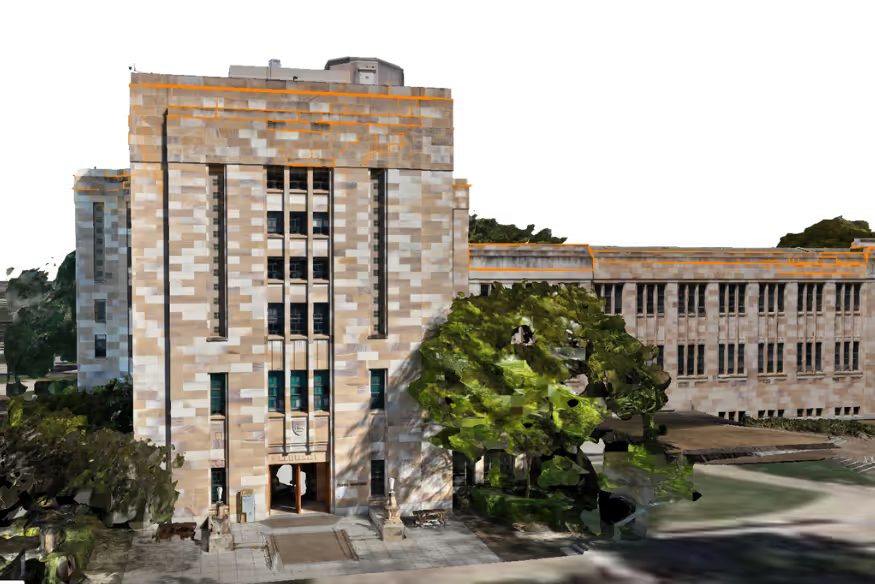
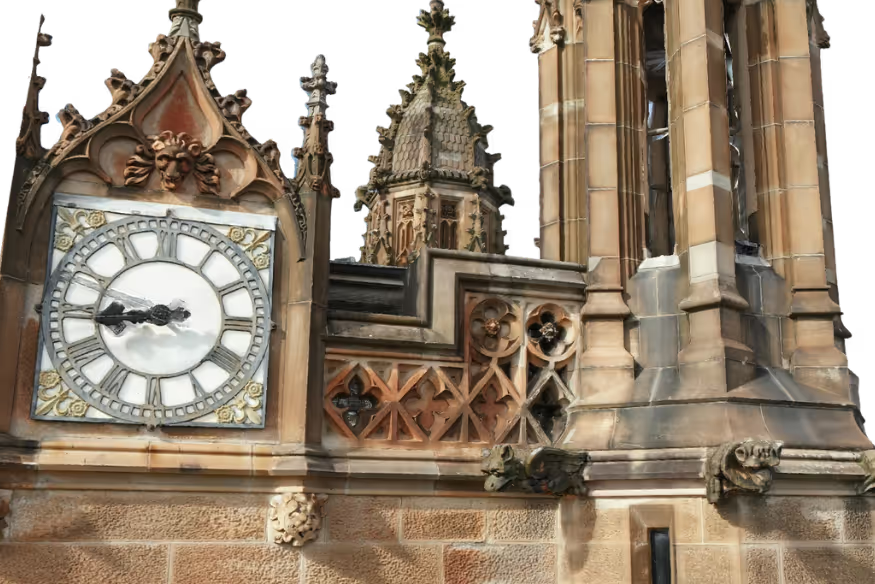
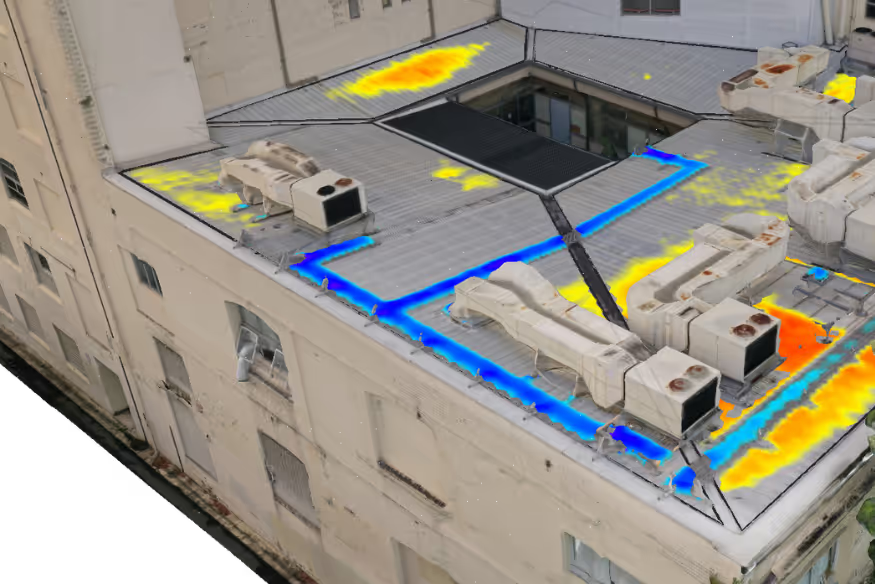
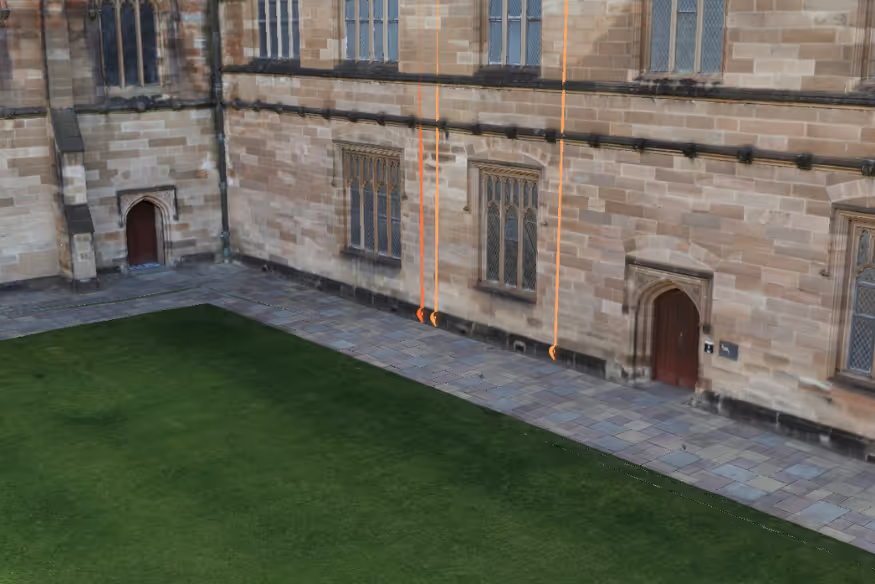

"Over 15 months we captured more than 100 buildings that had never been fully inspected before. Everyone involved with and exposed to the project was impressed by the quality that was delivered."
Read Case Studies